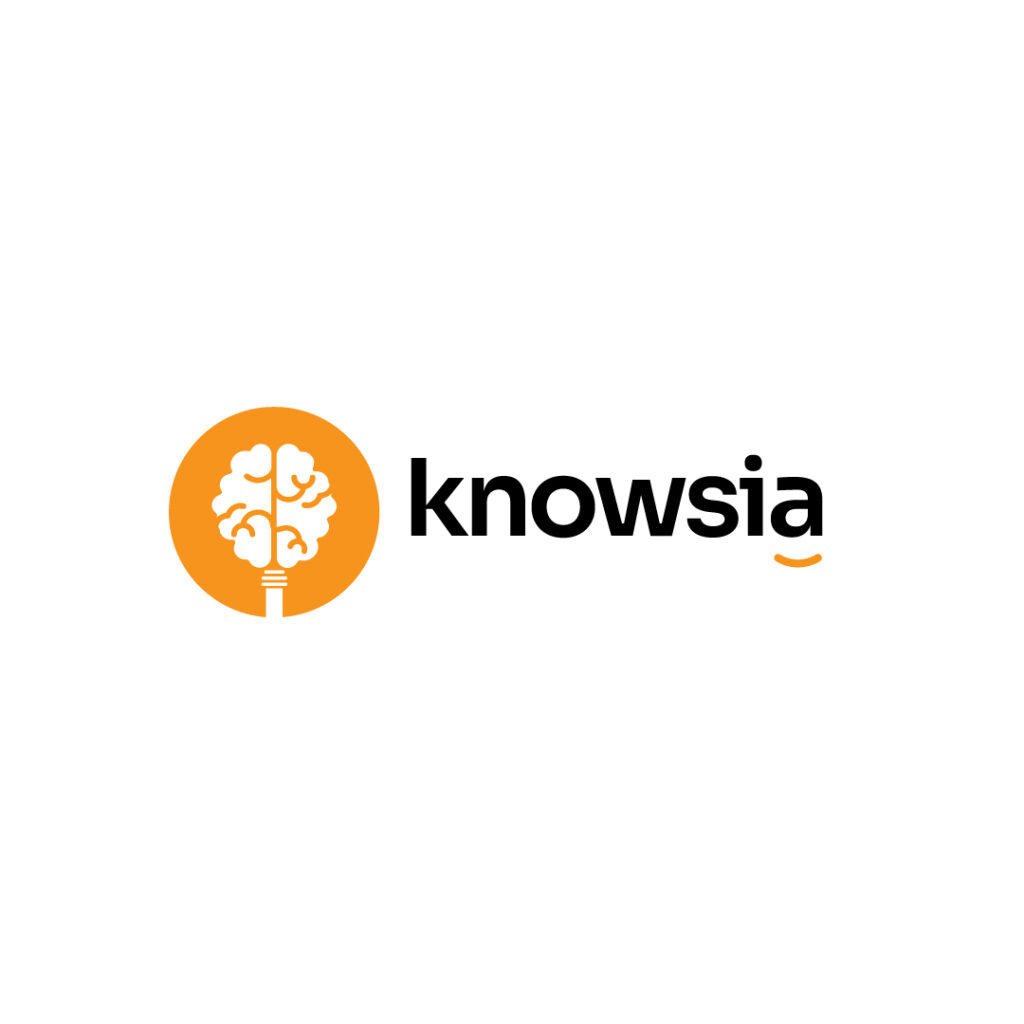Knowsia isn’t just another e-learning platform—it’s a vibrant ecosystem where creators like you can learn, teach, and earn under one roof. Whether you’re a student tutor breaking down calculus or a seasoned pro sharing design tip, Knowsia empowers you to create & sell with tools tailored for impact. Its intuitive interface, AI-powered features, and built-in audience make it a standout for first-time course creators.
- Creator-Friendly Tools: From course builders to analytics, Knowsia simplifies the process.
- Global Reach: Tap into a diverse learner base eager for knowledge.
- Monetization Options: Earn through courses, subscriptions, or affiliate referrals.
Ready to dive in? Let’s map out the journey to create & sell your first online course.

Step 1: Find Your Niche for Course Creation
Identify Your Expertise
To create & sell a course that resonates, start with what you know best. Maybe you’re a whiz at Python coding or have a knack for crafting killer marketing plans. Jot down your skills, passions, and the questions people always ask you about. Your niche should be specific—like “Mastering Instagram Reels for Small Businesses” rather than a vague “Social Media 101.”
Validate Market Demand
Before you hit the ground running, ensure there’s an audience for your topic. Use Knowsia’s community forums or social media to gauge interest. check trending topics on Knowsia’s blog. Pro tip: Google Trends and keyword tools like Ahrefs can reveal what learners are searching for.
Align with Knowsia’s Audience
Knowsia’s learners range from students prepping for CA exams to professionals seeking CPDs. Tailor your course to fit their needs—think practical, actionable content. For example, a course on “Time Management for ACCA Students” could hit the sweet spot.
Step 2: Plan Your Course Content
Define Clear Learning Outcomes
What will your students walk away with? Be crystal clear. Instead of “Learn Photoshop,” aim for “Design Stunning Social Media Graphics in Photoshop.” Knowsia’s course builder lets you outline modules, so break your content into bite-sized lessons—each with a specific goal.
Structure for Engagement
Nobody wants a snooze-fest. Mix up your content with videos, quizzes, and downloadable resources. A solid structure might look like:
- Module 1: Introduction (video + PDF guide)
- Module 2: Core Concepts (interactive quiz)
- Module 3: Hands-On Practice (assignment)
- Module 4: Advanced Tips (live Q&A)
Knowsia’s platform supports multimedia, so lean into it to keep learners hooked.
Leverage AI Tools
Knowsia’s AI-powered tools can suggest content outlines or quiz questions based on your topic. This saves time and ensures your course aligns with learner expectations. For inspiration, peek at top courses on Udemy to see how pros structure their lessons.
Step 3: Create Compelling Course Material

Record High-Quality Content
You don’t need a Hollywood studio to create & sell a stellar course. A decent microphone (like the Blue Yeti), a quiet space, and free tools like OBS Studio can work wonders. Knowsia’s video hosting is seamless, so focus on clear audio and engaging visuals. Record in short bursts—5 to 15-minute videos keep attention spans happy.
Design Visually Appealing Slides
Tools like Canva or PowerPoint can help you craft professional slides. Stick to clean designs with bold fonts and minimal clutter. Knowsia’s branding options let you customize your course to reflect your style, so make it pop.
Test Your Material
Before going live, share a sample lesson with friends or a small beta group. Their feedback can catch glitches or unclear sections. Knowsia’s analytics will later show you how students engage, but early testing is key.
Step 4: Build Your Course on Knowsia

Set Up Your Course Page
Knowsia’s drag-and-drop builder makes this a breeze. Upload your videos, add quizzes, and organize modules. Write a catchy course title and description—think “Crush Your CA Exams with Proven Study Hacks” over “CA Exam Prep.” Sprinkle in keywords like “online course” to boost discoverability.
Price Strategically
Pricing can make or break your sales. Research similar courses on Knowsia or Teachable to gauge market rates. Start with a mid-range price—₵50-₵150 is typical for first-timers. Offer a free preview lesson to entice sign-ups, and consider tiered pricing (basic vs. premium with extras like coaching).
Add Interactive Elements
Knowsia shines with features like live Q&As and discussion boards. These foster community and keep students coming back. A quick poll or weekly check-in can boost engagement by 30%, based on e-learning stats.
Step 5: Market Your Course Like a Pro
Craft a Killer Sales Page
Your sales page is your pitch. Highlight benefits, not just features. Instead of “10 hours of video,” say “Master skills to land your dream job in 10 hours.” Include testimonials from beta testers and a clear call-to-action. Knowsia’s templates make this step foolproof.
Leverage Social Media
Share snippets of your course on Instagram, YouTube, or LinkedIn. A 30-second teaser video can drive clicks to your Knowsia page. Join relevant X communities to connect with potential students—just don’t spam. Authenticity wins.
Tap into Knowsia’s Affiliate Program
Knowsia’s affiliate tools let others promote your course for a commission. Recruit student ambassadors or bloggers to spread the word. This ties back to the earning strategies in Affiliate Marketing for Students, where small efforts can yield big rewards.
Step 6: Launch and Optimize
Soft Launch for Feedback
Before a full-blown launch, release your course to a small group. Knowsia’s analytics track completion rates and drop-off points, so you can tweak weak spots. Maybe Module 3 needs a clearer explanation—fix it fast.
Go Big with a Launch Campaign
Announce your course with a bang. Email your list, post on socials, and host a free webinar to showcase your expertise. Offer a limited-time discount to create urgency. Thinkific’s blog has great tips on launch strategies.
Iterate Based on Data
Post-launch, Knowsia’s dashboard shows you what’s working. If students love your quizzes but skip videos, double down on interactive content. Continuous improvement keeps your course competitive.
Overcoming Common Challenges

Impostor Syndrome
Feel like you’re not “expert enough”? Nonsense. If you know more than your audience, you’re qualified. Knowsia’s community of creators can offer support—join their forums to swap tips.
Tech Overwhelm
Tech can be daunting, but Knowsia’s intuitive platform minimizes headaches. Start simple: one module, one video. You’ll get the hang of it. Free tutorials on YouTube can bridge any gaps.
Low Enrollment
If sign-ups are slow, revisit your marketing. Are you targeting the right audience? Is your price competitive? A quick X poll can reveal what’s holding people back.
Scaling Your Success
Once your first course is live, don’t stop there. Use Knowsia’s analytics to spot opportunities for follow-up courses—like “Advanced Python for Data Analysts” after a beginner’s course. Bundle courses for higher value or offer subscriptions for recurring revenue. You can also contribute study content to Knowsia’s Question Bank to earn extra income.

Wrapping It Up
Creating and selling your first online course on Knowsia is like planting a seed—it takes effort, but the rewards can be massive. From picking a niche to launching with flair, every step builds your brand and bank account. Knowsia’s tools make it easier than ever to create & sell, so why wait? Dive in, share your knowledge, and watch your influence grow. Got questions? Drop them in Knowsia’s creator community or check out more tips on Knowsia’s blog.

